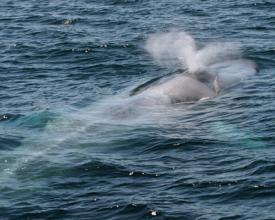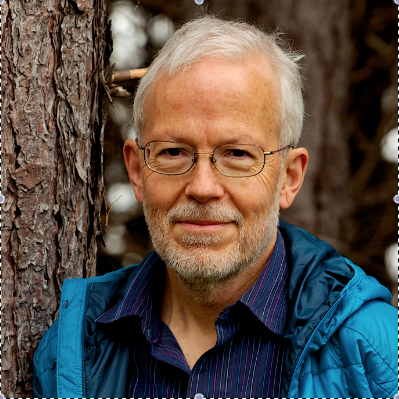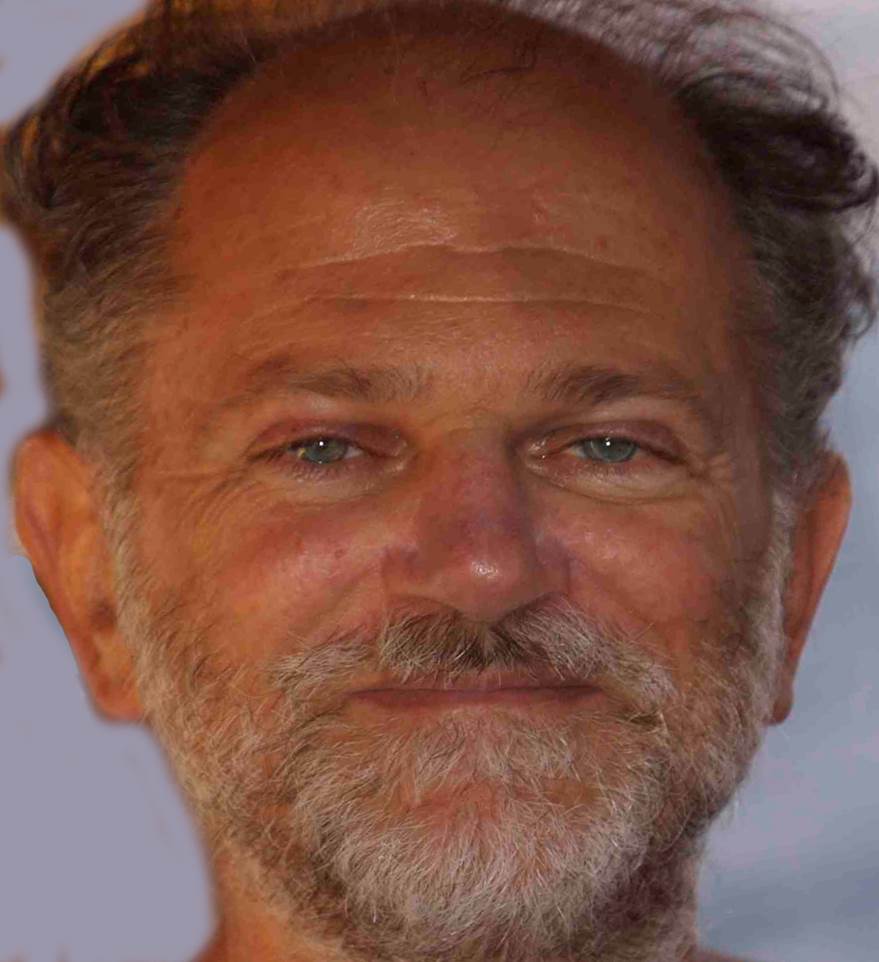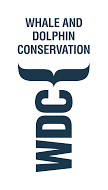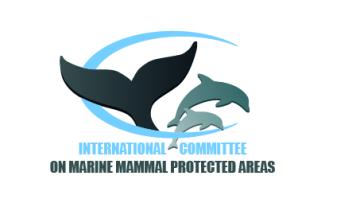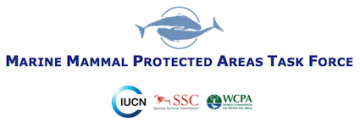
Obtention d'un avis pour une zone de baleines bleues rares en tant que ZIEB en voie de devenir une ZMP

Les baleines bleues du Pacifique tropical oriental, une espèce menacée, se reproduisent et se nourrissent au large, dans une zone océanique très productive appelée le dôme du Costa Rica. La première étape a consisté à rassembler des données sur l'utilisation de la zone par les baleines bleues et sur la productivité globale, puis à soumettre une étude de cas pour la protection de la zone à la Convention sur la diversité biologique (CDB), à faire connaître la valeur de la zone, à obtenir un soutien local et à travailler avec MarViva et d'autres ONG sur des accords régionaux...
Contexte
Défis à relever
Emplacement
Traiter
Résumé du processus
Blocs de construction
Soumettre l'idée d'une zone protégée à la CDB
Facteurs favorables
Leçon apprise
Collaboration avec une ONG régionale pour faire accepter l'idée d'une EBSA
Facteurs favorables
Leçon apprise
Obtenir l'adhésion du gouvernement du Costa Rica et d'autres pays
Facteurs favorables
Leçon apprise
Ressources
Travailler à la création d'une zone marine protégée (ZMP)
Facteurs favorables
Leçon apprise
Ressources
Impacts
1) le public et les responsables gouvernementaux connaissent désormais l'habitat rare de la baleine bleue et la nécessité de le protéger ; 2) la reconnaissance scientifique internationale par le biais de la CDB fournit des liens de réseau avec les AMP abritant des baleines bleues au Mexique et en Californie ; 3) il existe désormais une dynamique en faveur de la protection des AMP dans la région et dans le cadre des travaux sur les ZAJN.

